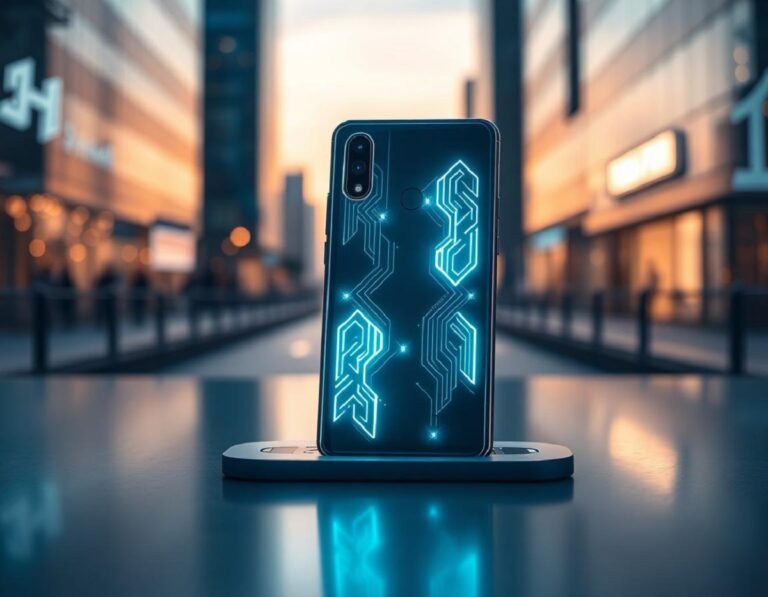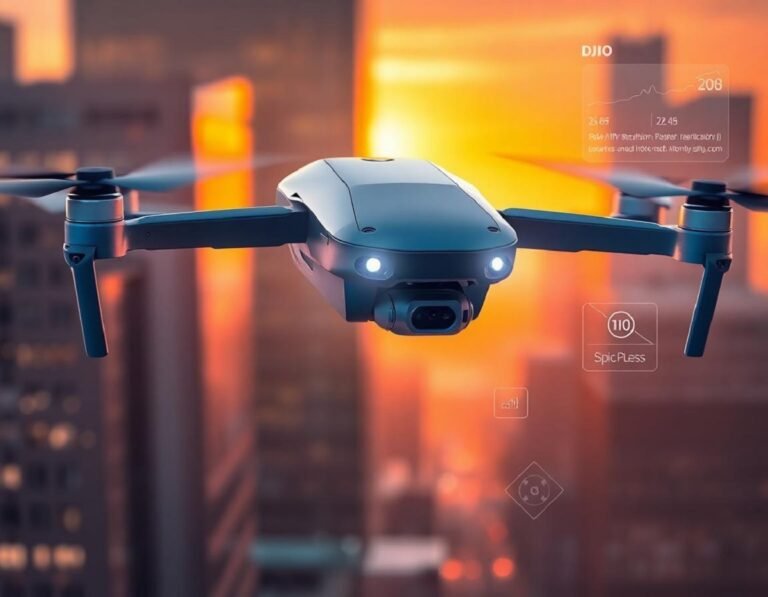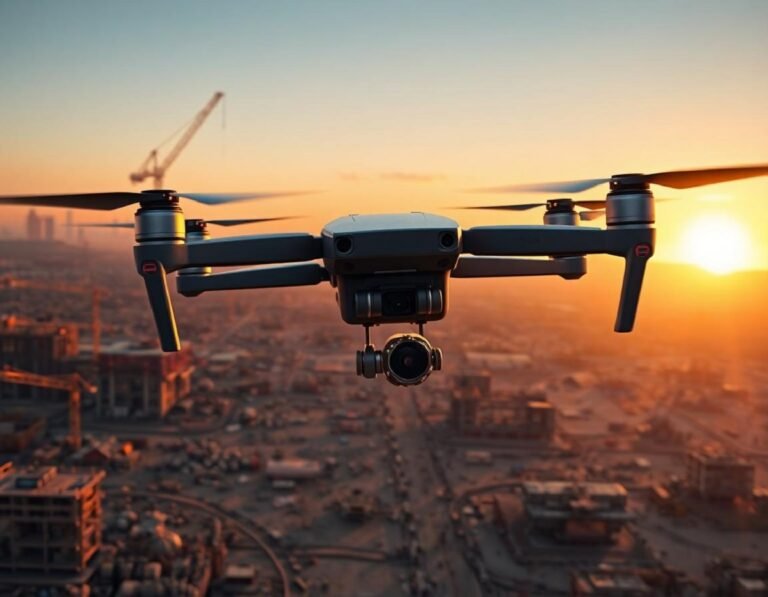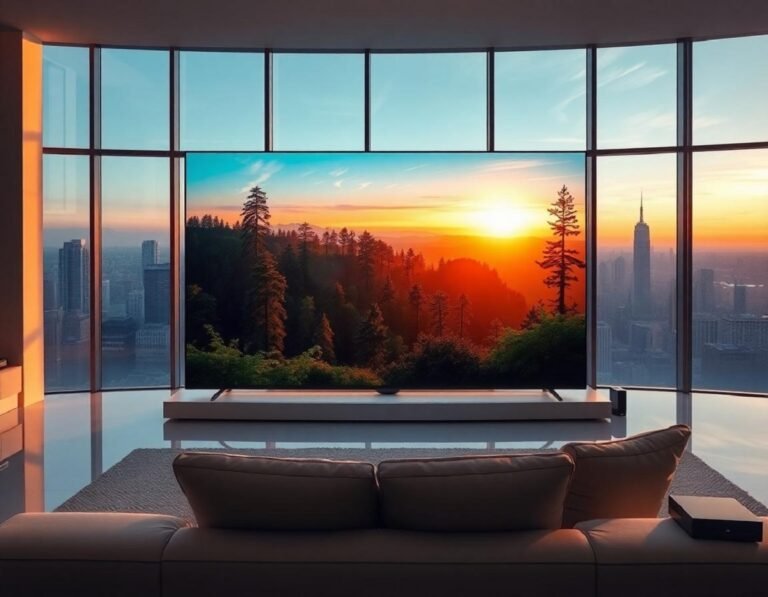Best laptop under $500 We’ve Tested (July 2025)
This review covers top budget laptops you can buy almost anywhere, focusing on key models: Dell Inspiron, HP Pavilion, and Lenovo IdeaPad Flex 5i. While many lower-cost laptops are out there, these three show up in most stores worldwide.
Comparing affordable laptops isn’t simple since brands offer different setups, including various CPUs, sizes, and both classic and two-in-one models. To keep things fair, I picked a 14-inch, two-in-one version with an Intel chip from each brand.
The Inspiron has a 13th-gen Intel i5, 8 GB RAM, and a 512 GB SSD, priced at $549 from Best Buy. The Lenovo Flex 5i runs the same i5, also with 512 GB storage but features 16 GB RAM, costing just below $600. I couldn’t find a 13th-gen HP Pavilion at the time, so I used a 12th-gen i5 version with 8 GB RAM and a 512 GB SSD for $480. HP said that apart from the processor, the rest matches the new model.
Budget laptops often use lower-grade screens, keyboards, and other parts to keep costs down. These factors make a big difference in daily use.
Display Quality
The Inspiron and Flex 5i use a 16:10 ratio and a 1920×1200 screen, giving more space for browsing and documents. The Pavilion sticks to 16:9 with 1920×1080 resolution. All three panels support 60 Hz refresh rates. Color accuracy is lacking across the board, so none of these are good for color work like editing photos.
Brightness varies. The Flex 5i tops the list, just over 300 nits, which works for most indoor settings. Inspiron is a bit dimmer, just under 300 nits. Pavilion comes in lowest at about 250 nits. The Pavilion’s dim screen and 16:9 shape show less content and smaller text, making it harder to read. In a quick Excel test, only 31 rows were easy to see at once.
Keyboard and Trackpad
Typing feels best on the Flex 5i, with firm feedback and a layout that matches pricier models. The Pavilion’s keyboard is fine, with some key travel, but not as solid as the IdeaPad. It does have dedicated page navigation keys, which some people like.
The Pavilion keyboard isn’t backlit unless you pay extra—this makes typing at night hard. That should be a standard feature by now. Inspiron’s keyboard feels shallow and needs more force per key. My first test unit had a sticky shift key, but the second one worked fine and I didn’t find many others complain about this issue online.
On trackpads, the Flex 5i feels the smoothest and most premium. The Pavilion does okay, while Inspiron’s trackpad surface feels a bit rough.
Build and Ports
The Flex 5i and Pavilion look and feel sturdier than the Inspiron. The Flex 5i, however, shows fingerprints easily and can be tough to keep clean. All models weigh just over 3.3 pounds, a little heavy for a 14-inch laptop.
All three offer a solid selection of ports. Inspiron leads with two USB-C ports (both Thunderbolt 4 and charging) and a full SD card slot. Flex 5i comes next with one Thunderbolt 4 port and an SD reader. Pavilion lags with older, slower ports. Both Pavilion and Flex 5i use barrel-pin chargers, which feel outdated. Inspiron’s USB-C charging is more modern and versatile.
Audio
On a desk, Pavilion speakers get loud and clear, but they’re short on bass. Sound quality drops when you pick up the laptop, since the speakers fire down. Flex 5i holds its own in audio. Inspiron sounds flat and doesn’t match the others. Don’t buy into the HP “Bang and Olufsen” label; it’s just branding. You won’t get that high-end sound.
Biometrics and Webcam
Both Inspiron and Flex 5i include fingerprint readers and privacy shutters for the webcam. Pavilion skips both features. Each offers standard 1080p video and audio, with only minor differences between them.
Performance
All the laptops use Intel i5 U-series processors fit for light tasks like web browsing and office work. Each feels quick in day-to-day use. The Flex 5i’s fans can get loud, and the left palm rest gets warm, while Inspiron and Pavilion run quieter and cooler. Inspiron stays coolest and quiet, even without any special settings.
On tests like Geekbench and Cinebench, Inspiron leads and even matches some pricier models. Flex 5i comes next, and Pavilion falls behind due to its older chip. If you buy a Pavilion with the latest chip, it will close the gap some.
For long, heavy work, Inspiron can draw up to 60 watts. Pavilion draws less than 40 watts. Inspiron’s fans get loud but the laptop remains cool. Pavilion is loud but doesn’t match Inspiron’s power. Flex 5i gets hot, especially on battery. Pavilion slows its speeds a bit to save battery, while Inspiron cuts back even more during tough tasks.
Battery Life
For battery tests, I streamed Netflix for four hours over Wi-Fi at 200 nits brightness. Inspiron did the best, using only 49 percent of its battery, which means about 8 hours of use. Flex 5i finished second, and Pavilion’s smaller battery meant much shorter life.
All three machines are touch-enabled two-in-ones that can be used as tablets, but none came with a pen. The Pavilion has the stiffest hinge, which helps when using the screen as a tablet.
Conclusion
Lenovo’s Flex 5i stands out for its keyboard, solid build, 16:10 display, and overall high-end feel, as long as you don’t mind some fan noise and warmth. Inspiron is the best choice for those who want a quiet, cool laptop. Pavilion falls behind because of a dim screen, shorter battery life, old-style keyboard, and no backlight.
If your budget allows, take a look at higher-end models like the Lenovo Yoga 9i or Asus Zenbook 14x for more features and power.
Want a bigger roundup with more entry-level laptop picks? Let me know in the comments.

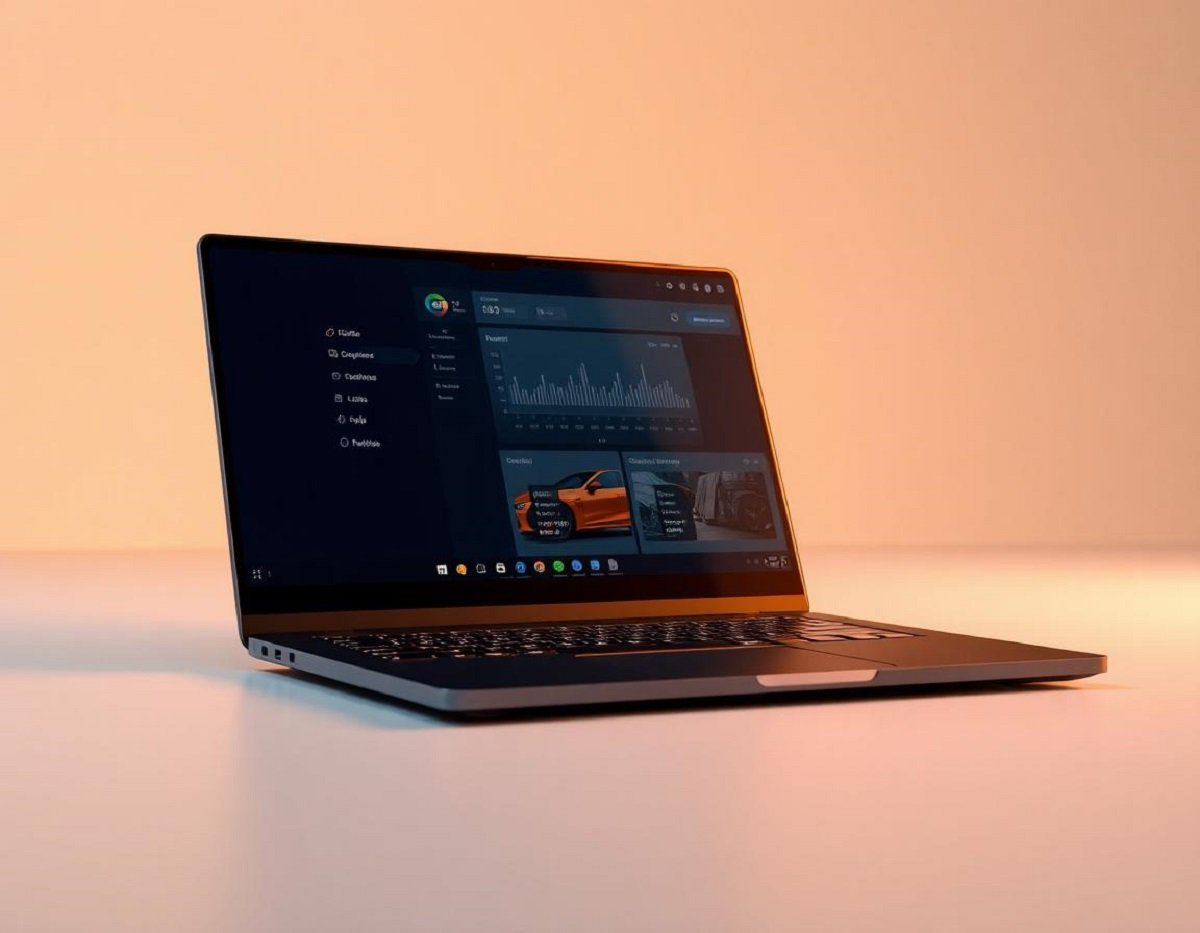
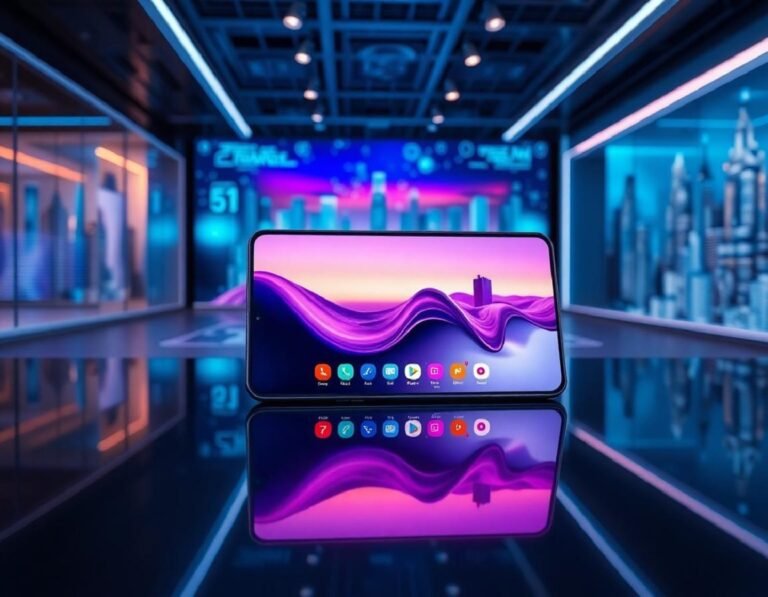
![Apple Watch Ultra 2 Features: What’s New for Fitness and Adventure [Updated]](https://www.gadgeteval.com/wp-content/uploads/2025/07/apple-watch-ultra2-hiker-golden-hour-768x597.jpg)
